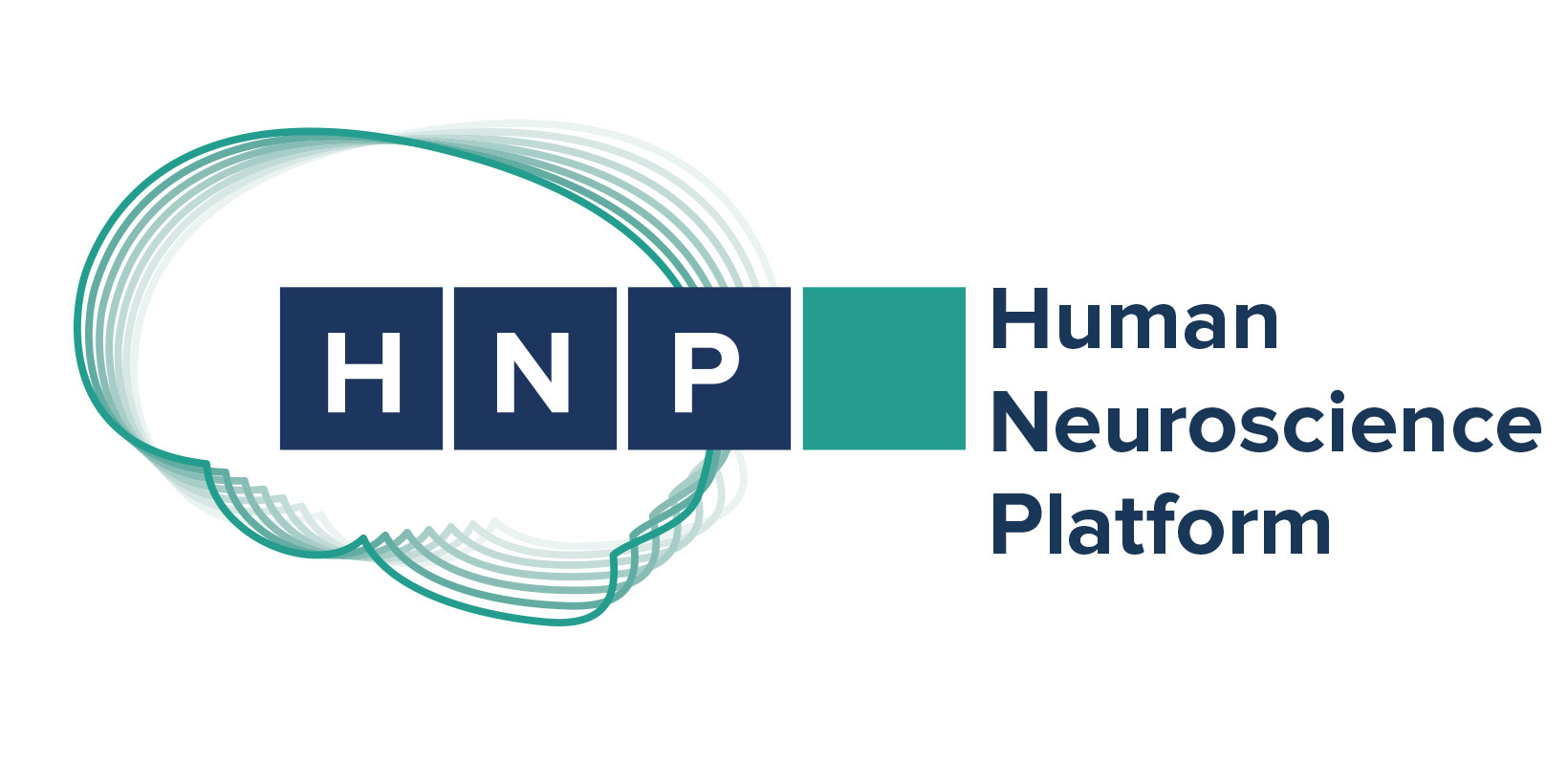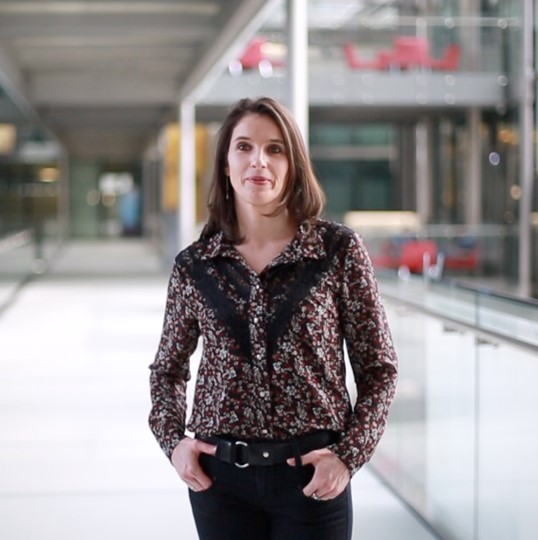
VIDEO INTERVIEW
AMBITION NEUROSCIENCES
CONSOLIDATING A MAJOR HUB FOR NEUROSCIENCES
THE EXPANSE
The Human Neuroscience Platform at Campus Biotech in Geneva is strengthening and expanding the panel of tools available to the whole scientific and clinical community with the arrival this year of :
- a MEGIN TRIUX™ neo, the first MEG of Switzerland: https://hnp.fcbg.ch/project/meg-2022/
- a Siemens Healthineers MAGNETOM Terra 7T MRI scanner: https://hnp.fcbg.ch/project/7t-mri/

Anne-Dominique Lodeho-Devauchelle, coordinator of the Human Neuroscience Platform at Fondation Campus Biotech Geneva, details what the MEG and 7 Tesla MRI arriving in the summer 2022 will bring to the community and how all these technologies can be combined together.
“The goal of Campus Biotech and its platforms is to offer all these integrations. We provide a hub dedicated to multimodal neuroscience, ranging from fundamental research to clinical translation.”
Watch the full video here:
Why is MEG useful?
Magnetoencephalography, or MEG, provides real-time measurements of brain activity. When we think, act, or feel, our neurons fire, creating pulses of electric currents. These currents, in turn, generate weak magnetic fields. MEG works by detecting these magnetic fields and quantify neuronal activity with a millisecond precision.
In the brains of epileptic patients, MEG detects where abnormal activity takes place. MEG is also used to localize brain functions for sensory processing or motor control, as well as complex tasks such as language – the specialty of our partner the NCCR Evolving Language, or various activities studied by neurosciences, as response to stress, emotions, consciousness, etc… Localizing functional areas makes it a powerful tool in pre-surgical planning. MEG is also used in research into traumatic brain injuries, dementias, and autism spectrum disorder sas well as in many other neurological and psychiatric conditions.
What is the benefit of Ultra-High Field MRI in Neuroscience?
The stronger the magnetic field, the sharper the MRI signal, and the more detail we can obtain about our brain. Or, if we reflect in the other direction, the stronger the field, the quicker we can get an excellent image of the brain.
Certain applications benefit from an additional bonus at ultra-high magnetic field. This is the case for functional MRI, considered the workhorse of modern neuroscience, where the contrast coming from the level of blood oxygenation in the brain is amplified at 7 Tesla. This enable researchers in neuroscience and cognitive science to map brain activity in an unprecedented way. For instance, it is now possible to distinguish between different layers of the cortex, which was not possible with lower field MRI.
An MRI dedicated to both clinical research and fundamental research
This specific MRI model – a Siemens Healthineers MAGNETOM Terra – is particularly interesting for our collaborators at the University Hospitals of Geneva (HUG) interested in clinical research.
For fundamental research, a formidable focus will be the technological development and optimization of the tools needed at ultra-high field. Working at 7 Tesla offers new opportunities to innovate and improve the way we acquire images faster, reconstruct them more efficiently, and make the transition from globally qualitative medical imaging to quantitative imaging that is more amenable to objective interpretation of results. We look forward to supporting the ambitions of the CIBM Center for Biomedical Imaging working in close relationship with Siemens Healthineers on-site scientists in all these areas.
MRI and MEG: Two complimentary technologies
The true strength of the Campus Biotech is that it can provide access to a variety of imaging platforms in one place, so that researchers can choose and benefit from the best of each technology. For example, by combining MEG and MRI, researchers will be able to decipher with extreme precision WHEN neurons activate – with MEG, and determine their position and superimpose this information on an extremely detailed map of the brain obtained with MRI.
The goal of Campus Biotech and its platforms is to offer all these integrations. We provide a hub dedicated to multimodal neuroscience, ranging from fundamental research to clinical translation.
A 7 TESLA SIEMENS HEALTHINEERS MAGNETOM TERRA AND A MEGIN TRIUX™ NEO ON CAMPUS IN 2022
It is now official and underway. The Human Neuroscience Platform (HNP) at Campus Biotech will acquire and install both a Ultra-High-Field (UHF) 7 Tesla MRI scanner and a MEG in summer 2022.
The new Siemens Healthineers MAGNETOM Terra system will complement the already existing 3T Prisma MRI scanner of the HNP MRI facility, while the new-generation MEGIN TRIUX™ neo will integrate the existing HNP MEEG-BCI facility.
This ambitious project is the result of an exciting collaboration between the CIBM Center for Biomedical Imaging, the NCCR Evolving Language, the Geneva University Hospitals (HUG), the University of Geneva (UNIGE), the Ecole Polytechnique Fédérale de Lausanne (EPFL) and the Fondation Campus Biotech Geneva (FCBG).

